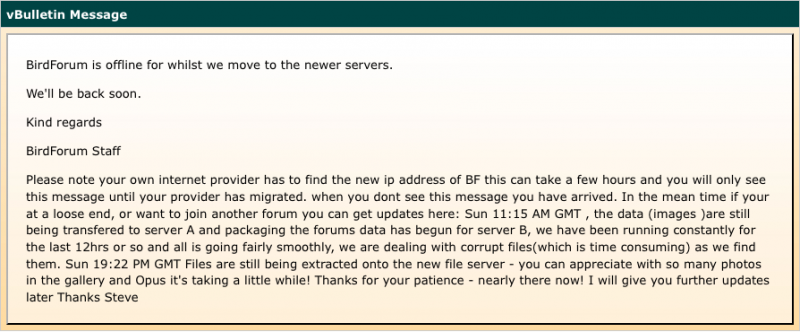Hi William. Talk of "depth of field" in binoculars tends to bring in discussions on accomodation, users' acuity of vision, field curvature, speed of focus, "sharpness" of binocular ("snapping into focus") and a plethora of other things I've forgotten. As one tries to be more specific and scientific about defining it, one tends to end up with something of less practical application.
I think there is a general consensus that a greater "apparent depth of field" tends to come from an optical device nearest to unaided vision : low magnification and wide field of view.
In certain situations field curvature can help by, say, bringing ducks on water at the bottom of the field of view and nearer the viewer into focus which a flat field binocular wouldn't do.
Psychologically a slow focus mechanism might give the impression of more depth of field as well as a less sharp binocular or compromised eyesight which gives a greater range of "apparently equally in focus" (none of these options tending to be desirable for woodland birding).
The stricter more scientific definition would be about the centre of the field only. There was a discussion many years back on the Cloudynights forum where Jean-Charles Bouget, I think it was, presented a formula suggesting that (all other things being equal

) it was only magnification that should, theoretically affect depth of field. Henry Link did suggest an experiment trying to remove the user by taking photographs of an artificial star at different distances and measuring the diameter of the smear in a photo editing program. Maybe he decided that was too onerous an experiment to undertake and/or maybe he was later convinced by what he read. I believe Holger Merlitz in his book states that, as things stand, the understanding is that magnification is the primary factor in distinguishing "depth of field" between different optics.
I do wonder how much of the sharper appearance of background and foreground objects in a low power binocular is down to them simply being smaller because of the lesser magnification and whether at say 7x and 8x there is practically no difference in the actual amount of information being presented to the viewer.
Anyhoo, if the science if right, it should mean that the extra magnification of the Steiner IF binocular would make it
more difficult to achieve a satisfactory focus for objects at, say, both 40 feet and infinity without adjusting focus than for your Habicht. And the same should apply if your interest is from say 11 feet (the minimum of your Habichts).










